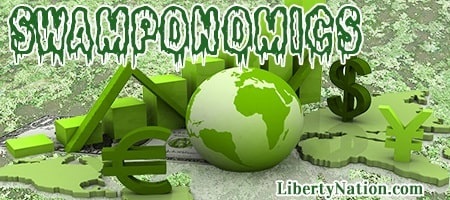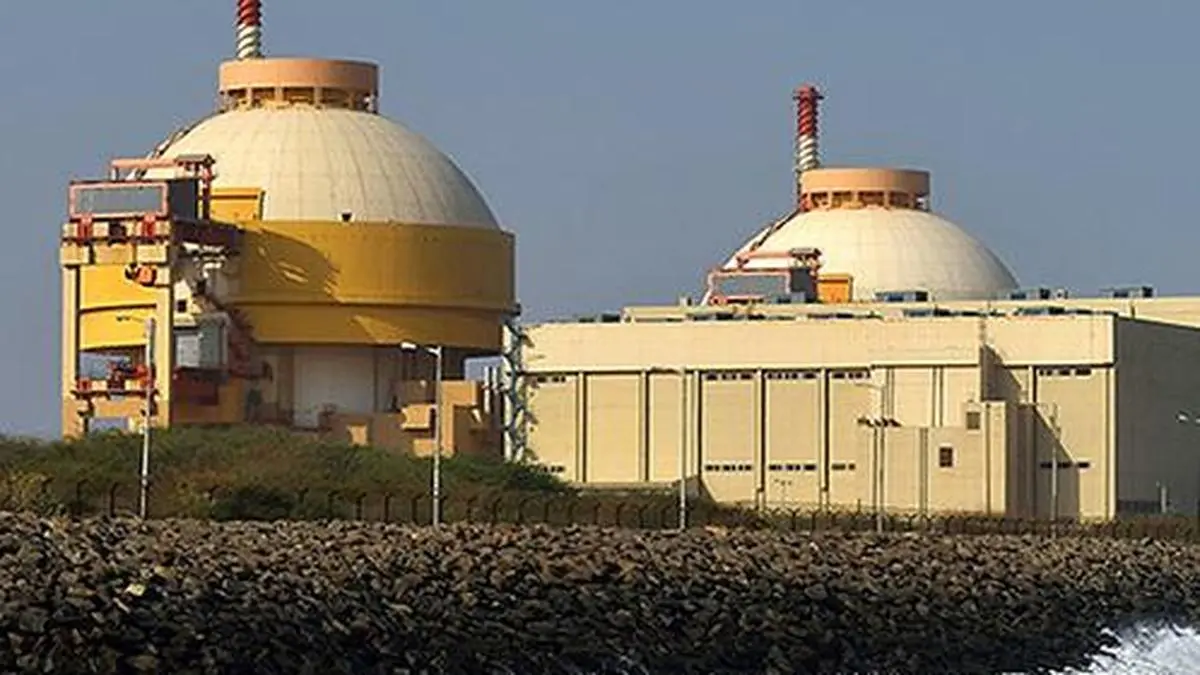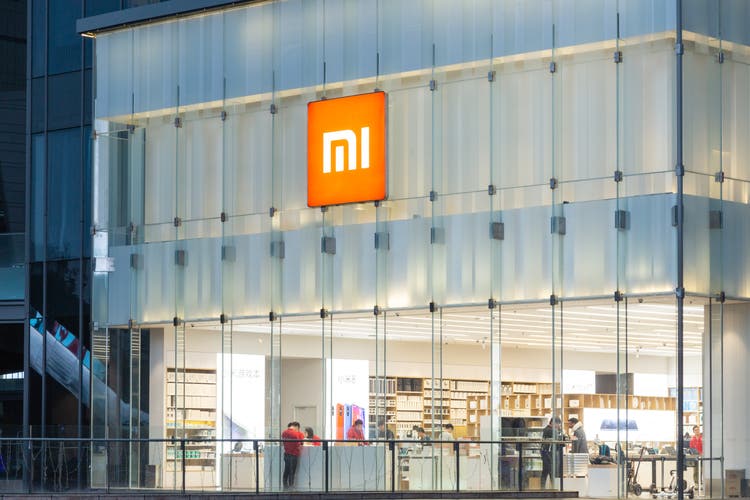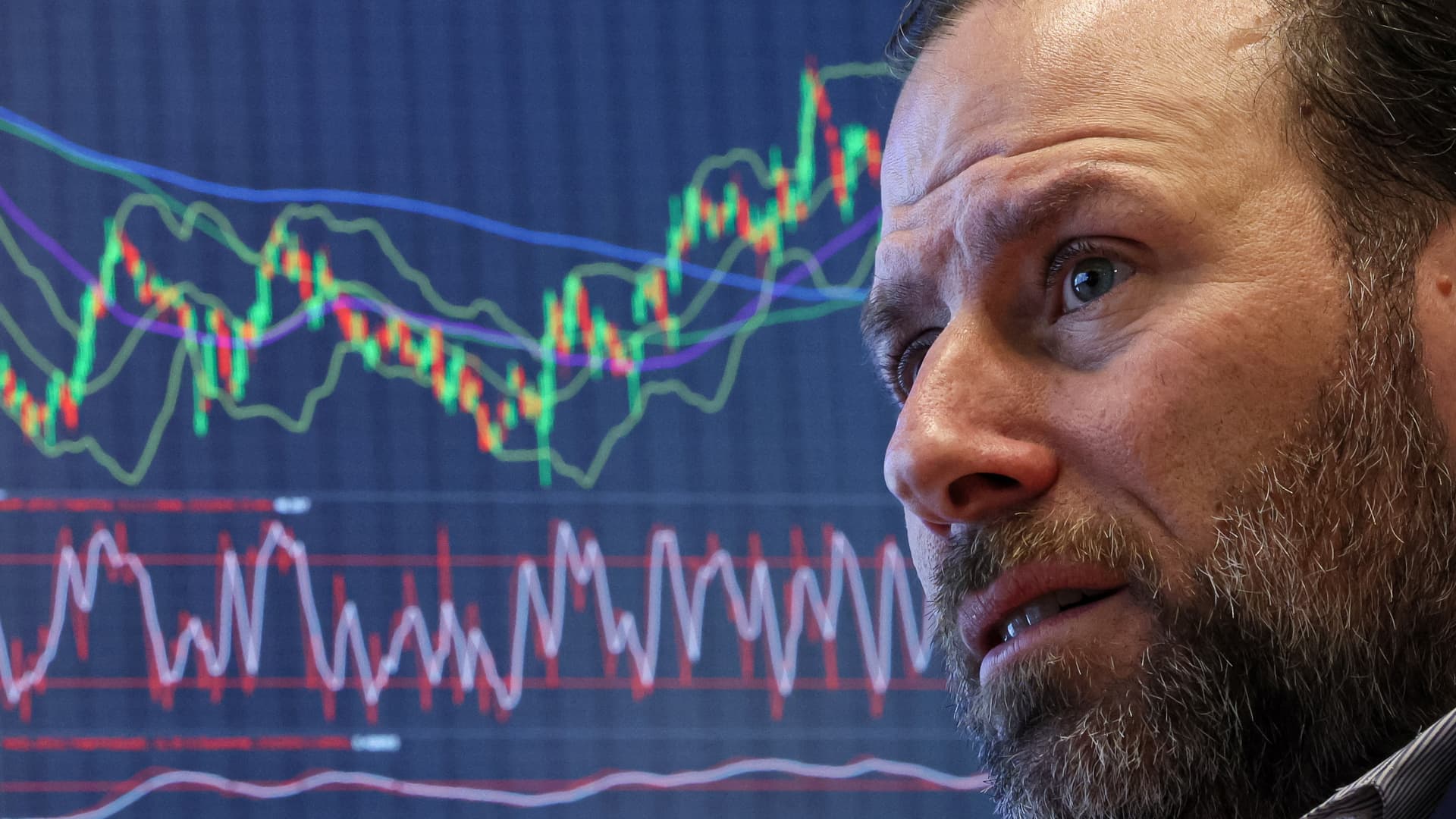The US economy came out of a short recession in the third quarter, posting a gross domestic product (GDP) growth rate of 2.6%, topping the market estimate of 2.4%, according to the Bureau of Economic Analysis (BEA). This is up from -0.6% in the second quarter and -1.6% in the first quarter. The headline number made the Democrats giddy and forced Republicans to sigh ahead of the November midterm elections. But the Q3 reading is different from what it seems, as the expansion was not sizzling.
US Economy Good, Not Great
The Q3 GDP was driven almost 100% by trade, including the record amount of crude oil, natural gas, and weapons shipped to Europe in support of the war effort. Government consumption turned positive and gave the bottom-line figure a modest boost. That was about it for the US economy as everything else either eased or fell from the previous quarter.
Personal consumption declined to a three-year low of 0.97%, while fixed investment contracted 0.89% from the GDP. Private inventories subtracted 0.7%, and government spending added 0.42%. Net exports surged by 2.77%, thanks to a 1.63% jump in exports and a drop in imports, contributing 1.14% to the QE reading. Meanwhile, BEA statistics confirm that personal consumption expenditures on goods tumbled at an annualized rate of 1.2% in the July-September period. Plus, personal consumption expenditures on services slipped to 2.8%.
Overall, The Experts proclaim that the Q3 statistics help dispel the belief that the US economy was in a recession, despite meeting the technical definition of an economic downturn. Still, they are being disingenuous since the data confirm that Europe’s financial crisis allowed the US to record gains.
The Diesel Shortage
The trucking industry is going through pain right now. In addition to a shortage of drivers – as many as 80,000 this year! – there may not be enough fuel for trucks heading into the jam-packed holiday shopping season. According to the latest data from the Energy Information Administration (EIA), the US has only 25 days left of diesel in reserves, totaling a little more than 100,000 barrels. This comes as the national average for a gallon is about $5.38, up approximately 46% from the same time a year ago.
 The White House says it is concerned about the situation, noting that “all options are on the table.” However, administration officials have yet to entertain any serious ideas, except perhaps restricting exports of gasoline, diesel, and other petroleum products. Until something drastic is done, it is going to be a tough environment for truckers and residents living in the northeast, where stocks are at record lows. For Europe, risks are running higher as some countries are running out of supply. “We are running out of middle distillates in some European countries,” said refiner Repsol SA CEO Josu Jon Imaz on an Oct. 27 earnings call. “There is room to see high diesel prices in the coming months.”
The White House says it is concerned about the situation, noting that “all options are on the table.” However, administration officials have yet to entertain any serious ideas, except perhaps restricting exports of gasoline, diesel, and other petroleum products. Until something drastic is done, it is going to be a tough environment for truckers and residents living in the northeast, where stocks are at record lows. For Europe, risks are running higher as some countries are running out of supply. “We are running out of middle distillates in some European countries,” said refiner Repsol SA CEO Josu Jon Imaz on an Oct. 27 earnings call. “There is room to see high diesel prices in the coming months.”
Halloween Inflation
This year’s Halloween candy will not only upset your stomach and your kids’ tummies, but it will shock your wallet, too. Fresh Labor Department numbers suggest that candy prices are up 13% year-over-year, driven by soaring flour and sugar prices and surging labor costs. The National Retail Federation (NRF) estimates that the average household will spend about $100 on candy, decorations, and costumes in 2022, the second-highest amount on record. By comparison, in 2015, the typical person spent roughly $74.
Sen. Bernie Sanders (I-VT) recently went on a Twitter tirade, lamenting on the Mars candy bar family that “became 44% richer during the pandemic” by “increasing their wealth by $32.6 billion” to a total of roughly $102 billion. He asked: “Do you know what’s scary? Corporate greed.”
This mirrors what President Joe Biden and the Democrats have been espousing over the last year, blaming mom-and-pop gasoline stations for higher energy prices and supermarket chains for surging grocery store prices. These businesses are posting tremendous profits because consumers are spending more to buy these products since the costs to manufacture the items have exploded. There is not some hidden industry conspiracy. If it were as simple as not charging more, there would be at least one company slashing prices to obtain a competitive advantage over everyone else. But this is logic that is too frightening since it exposes the simplistic thinking of the left.
















